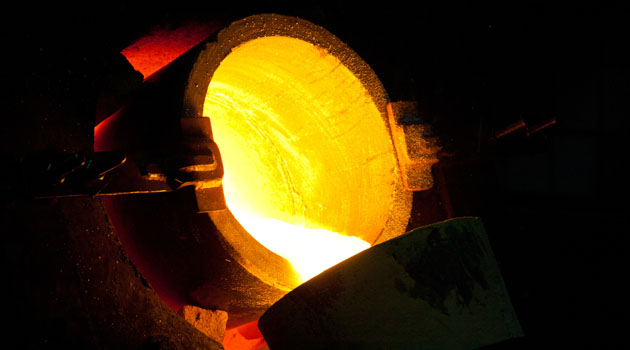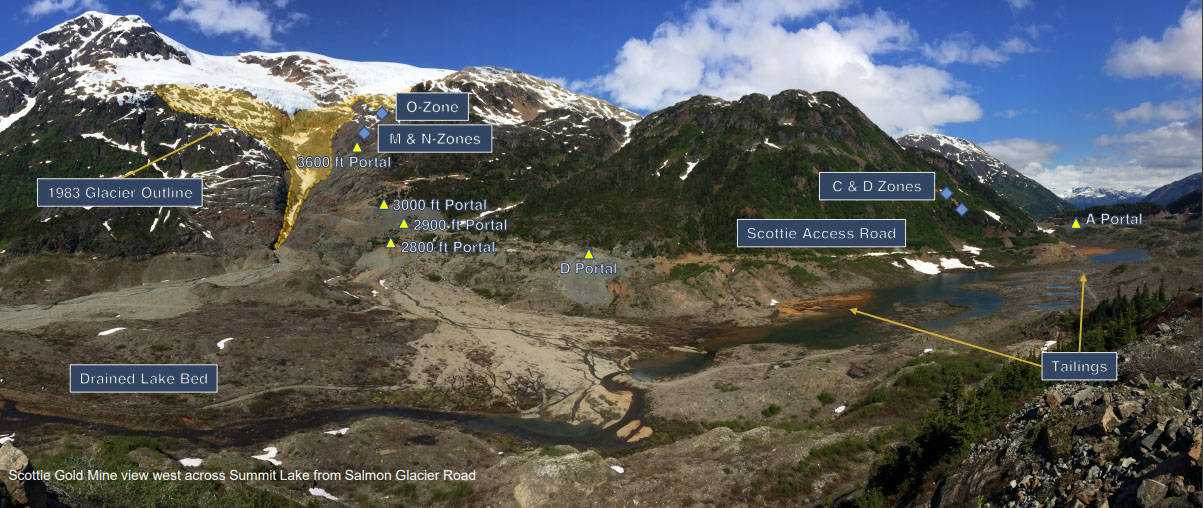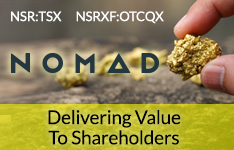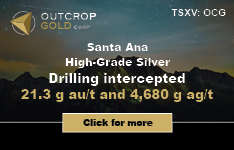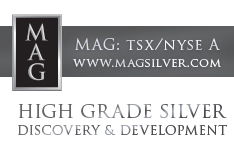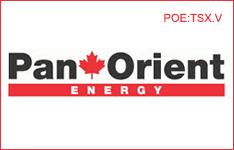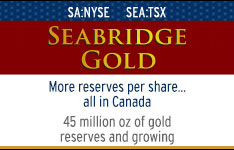One thing to focus on is the performance of the large caps (GDX) relative the mid-caps and the larger juniors (GDXJ). The large-caps gains since 2008 occured mostly from October 2008 to May 2009. In 2009 and 2010, the mid-caps and the large juniors performed much better than the large caps. This means that relatively speaking it was becoming more expensive for the average acquirer to make an acquisition. However, as the chart shows, the large caps (GDX) have begun to outperform the smaller companies (GDXJ). Also, the large caps are very close to a big breakout while GDXJ is lagging behind.

It appears likely that the large caps, which are poised for a major breakout, will outperform over the next few months. This means that in some cases a potential acquirer will see its currency (its stock) rise in relation to a potential acquisition. If company A wants to acquire company B and company A's stock rises by 20% and company's B stock rises by 5%, then the acquisition becomes cheaper and less dilutive.
The last time the larger companies outperformed was in late 2008 and early 2009. That wasn't exactly a time you'd expect such companies to be making aggressive acquisitions. Today, gold is raging and the market will soon demand growth from the large companies. Finally, unlike in 2009-2010 the larger stocks are performing better in nominal terms and better in real terms. The latter is crucial as it enables them to acquire assets at a better cost.
So how do investors play this development? In our premium service, we've focused on larger companies that have immediate growth potential are trending higher. Ultimately performance will filter down to the smaller companies and it will be time to add some risk to your portfolio. Additionally, one should focus on the smaller companies that have growth potential or are likely to be acquired. If you'd be interested in professional guidance then we invite you to consider our premium service.
Good Luck!
Jordan Roy-Byrne, CMT
Jordan@TheDailyGold.com.





